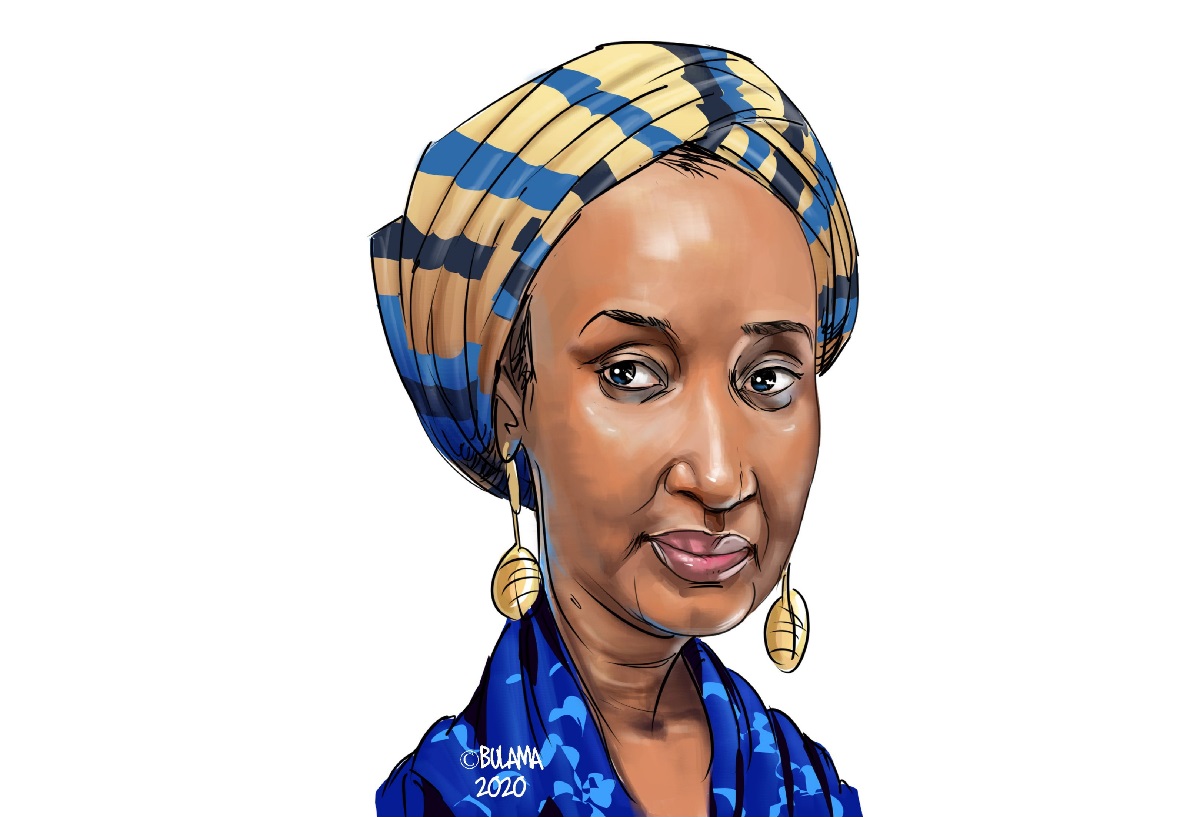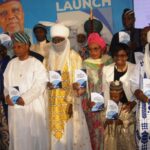I never really did give a lot of attention to Sadiya Umar Farouq, Minister of Humanitarian Affairs, Disaster Management and Social Development.
You know, the same one often described as the youngest in President Buhari’s cabinet?
One year of ministering to the vulnerable
FG establishes Commission for persons with disabilities
As a Nigerian, I’m forced to pay attention to the activities of the women and men in charge of our nation, but sometimes the shenanigans of politicians and public servants makes it difficult to follow in detail.
But sometime in July, the 19th to be exact, a tweet caught my attention.
Sent from the minister’s handle, it was captioned ‘My Week in 10 Tweets’, and the first was a tribute to Tolulope Arotile, the female Air Force pilot who died in a freak accident in Kaduna.
Subsequent tweets in the thread gave a rundown of what the minister had done that week: World Youth Skills Day activities, presentation of her ministry’s performance report to the Federal Executive Council, a visit to Zamfara State for distribution of palliatives, as well as an appearance on a Deutsche Welle Hausa programme, among others.
Generic, you might say.
But reading through, I was struck by the very fact of it.
We are used to government and public officials giving us annual reports, or in the case of politicians, a summary every four years when the next election cycle trundles by.
But here was a minister, practically subjecting herself to a weekly audit.
I was impressed by the carefully curated messages, much unlike the scattered approach of a certain orange someone in a big, white house far away.
But I digress.
I remember bookmarking those thoughts, as I went about my life.
Fast-forward to today, as I opened my laptop to type out this column – while simultaneously attending our Editorial Board Meeting (via Whatsapp, no thanks to Covid-19) – I took a quick glance at a paper from a couple days back, which immediately dusted the mental note I’d taken in July when I followed her on the app, and began paying attention to her ministry.
But I’ll expand that later.
It is a ‘super ministry’, being three-in-one, and charged with providing humanitarian interventions, preventing and mitigating disasters, and evolving social safety net strategies.
But as we all know, ‘Nigerian physics’ – that unique brand of ill logic that blinds – dictates that ‘to whom that much is entrusted, many haters are expected’.
Since I began following her on Twitter, I have come to the conclusion that based on comments on Twitter, Hajiya Sadiya could pass for the most-hated minister in Nigeria at the moment.
But being the optimist that I am, I prefer to the see the undue attention as a marker of significance.
People don’t talk about you, except you matter.
To be honest, since the Covid-19 pandemic hit, no other minister aside that of Health has been as involved in the ongoing interventions.
Globally, the pandemic has decimated business and put a strain on national economies.
The UK is already in a recession, and there is a long line of countries waiting to join the queue.
These are dire times, and the most impacted have been the elderly, children, women, and the indigent.
These are the people who form the minister’s constituency.
But I see on social media, every single effort made to intervene and provide succor, being met with umbrage, with many attacking without first understanding the issues at hand.
The effigy-burners seem to be miffed mostly by N-Power, the Conditional Cash Transfer, Home Grown School Feeding Programme, and GEEP loans.
But scrolling through responses, I could see a total refusal to engage on these issues with rationality.
I know, rationality and Twitter in the same sentence do not compute. But every charge, every accusation, and every allegation seems to stem from unintelligently-argued beer parlour discussions gone viral.
One I couldn’t wrap my head around, was the charge that she had spent N600m daily feeding schoolchildren who were at home during lockdown.
A basic understanding of economics and finance, and a consideration of the dire financial situation of Nigeria, would have shown that it is impossible for one ministry to spend N1.2bn every two days on whatever.
But we live in a country where the rule is fastest fingers first! Again, ‘Nigerian physics’.
A Google search would show that the budget for the ministry is N61.09bn.
A daily spend of N600m would deplete the budget sum in a mere three months, which is well-nigh impossible.
But many do not want to expend the energy needed to pause and think, even for one minute.
Actually, the trigger for this piece – which I mentioned earlier – is a piece of news from a few days ago, about the Presidency commiserating with farmers in Kebbi State in the wake of a flood that claimed lives and devastated rice farms, leading to losses of over a billion naira.
Reading, it occurred to me that I had read an advisory a few weeks back, calling on governments of flood-prone states to initiate prevention and mitigation measures based on insight from the Seasonal Rainfall Prediction (SRP) and Annual Flood Outlook (AFO) for 2020.
Same advisory, I finally recalled, was contained in Hajiya Sadiya’s tweet of August 9, 2020.
A proactive intervention by a minister with her finger on the pulse of the situation, but haters would rather focus on who is carrying her bag (a story I won’t glorify here).
Proving that ‘Nigerian physics’ – as vile as it is – is mostly about unproven theories that would make even the much-celebrated Three-Body Problem of actual physics look like a simple puzzle, meant for a child.

 Join Daily Trust WhatsApp Community For Quick Access To News and Happenings Around You.
Join Daily Trust WhatsApp Community For Quick Access To News and Happenings Around You.


